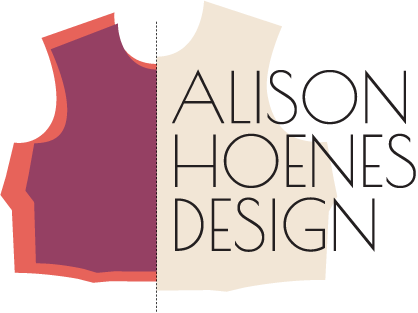Your product development timeline and steps involved will vary depending on the distribution channels of your fashion business. Understanding the differences will help you best plan your product launches and help you navigate shifting from one to the other if that is the next step to grow your brand.
The main difference between development timelines for direct-to-consumer versus wholesale is the timing. When you are selling direct to consumer, you are able to design and develop closer to season because your deadline for development is just before the product launches. For wholesale, your deadline is months sooner at your trade show market date(s). The start of Spring/Summer markets are usually July the year before, and Fall/Winter markets start in January. This means that you have to start designing and developing your apparel 6-9months earlier if you are selling wholesale versus DTC.
The order of product development steps also varies between the two distribution channels. Design, fabric sourcing and testing, patternmaking, and fit sampling are the same for both, but after that the processes differ. For DTC, you need to have all of the development and production completed by your launch deadline. For wholesale, though, you only need to have sales samples and linesheets completed by your market deadline. You may not even make sales samples in every colorway and instead use your linesheets and a swatch card to sell additional colorways. When selling wholesale, steps like pattern size grading, size runs, production, and retail photoshoots come after markets for any styles that get enough orders.
So how do these differences affect your business? Either way you sell, the design and development will take some planning. With DTC, your development will probably be in waves depending on the number of seasons you release per year. There will be times of the year you are developing new product and other times where your focus will be on selling. With wholesale, because the timeline is so much longer, your development will overlap between seasons. You will most likely be shipping production for the current season, selling the next season at market, and developing the season following that all at the same time. Development will probably be more ongoing throughout your year.
The advantage of DTC development timelines is that you can move quickly to capitalize on new trends and develop products that are very of the moment. The downside is that you don’t have the opportunity to pre-sell or test your styles at market before producing them. With wholesale, you do get the opportunity to get feedback from retail buyers at market before investing in production. Any styles that don’t sell well, don’t make the production cut. The downside of wholesale development timelines, though, is that they are long – typically one to one and a half years ahead of season. You have to plan ahead and be confident about what your customers will be buying in future.
Many companies take advantage of both distribution channels and do a hybrid of DTC and wholesale sales. You can do this one of two ways. You can follow a wholesale development timeline and hold product for retail launch when the right season arrives. Another option is to offer some styles as wholesale only and some as DTC retail only and follow the appropriate development timeline for each.
Whichever distribution channel or combination of the two you choose to use, understanding how each of their development timelines works will give you the foundation to plan your development and meet your deadlines and launch dates.
